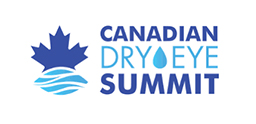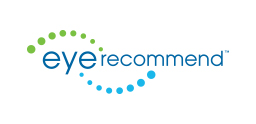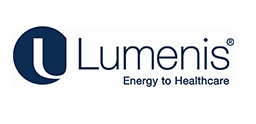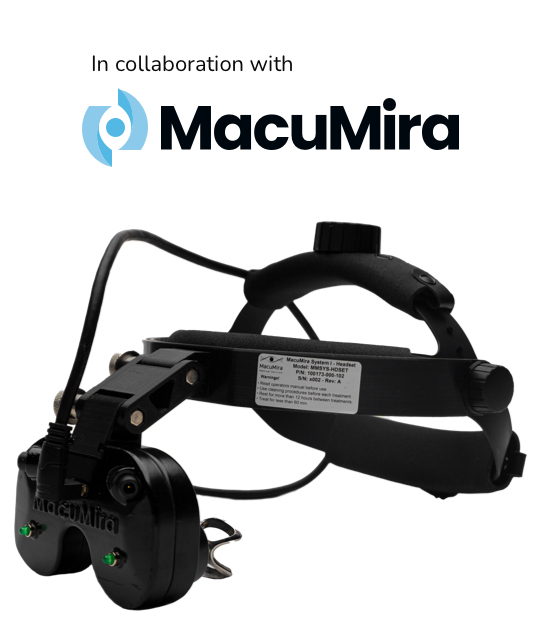Most business and practice owners understand that marketing efforts are an important investment, and are a key factor that will help them grow their customer or patient base and their profits. However, savvy business owners also know that money is something they should avoid wasting.
Today small businesses and big businesses alike can access vast amounts of information, which they can use to help hone and steer their marketing efforts. Unfortunately, this data is only useful if it can be appropriately analyzed, applied, and used to fuel data-driven marketing decisions that can grow your business or practice and prevent your marketing dollars from being wasted.
There are three metrics that can help you determine where you should be focusing your marketing budget and efforts and maximize your marketing investment.
Lead-to-Patient Rate
If your advertising goal is to attract more customers or patients it is important for you to know how proficient your team is at turning a phone call from a potential patient into a booked appointment. Leads can come from many sources including a phone call, an online appointment request, or walk-in business from potential patients. Your lead-to-patient rate refers to how many of those leads you are able to convert into actual patients.

To calculate your lead-to-patient rate simply divide the number of new patients you have acquired by the number of leads you had in the same timeframe. For example, if you acquired 45 new patients in the previous month out of 90 inquiries, your lead-to-patient rate is 50%.
By knowing your average lead-to-patient rate you can better measure the effectiveness of different advertising initiatives. A successful advertising campaign is one that drives inquiries while also successfully transforming those inquiries into actual patients. If your current advertising campaign is able to drive inquiries but not convert them into patients then your campaign may not be targeting your ideal prospective patients effectively.
Your lead-to-patient rate will fluctuate and is affected by a number of outside factors. For example, if you currently get most of your business from referrals but have just launched your first Google Ads campaign you will likely see your lead-to-patient rate fluctuate. Referrals are much more likely than inquiries to convert into new patients, making them more qualified leads than some other leads such as online leads. However, this does not mean that a Google Ads campaign is not worthwhile or profitable. You would likely be receiving those referrals anyways, so the aim of a Google Ads campaign is to reach potential patients that are unlikely to be referred to you but have a high chance of converting into new patients.
Call Tracking Software
Call tracking software is able to offer you a great deal of insight into the effectiveness of your current marketing campaigns. Call tracking software is able to track calls that originate from your website and show you how these leads arrived at your site. Leads can land on your site via a large variety of avenues. These include:
- Direct traffic. This is where customers searched for your site specifically.
- Google Ads
- Digital advertising via mediums such as the Google Display Network and social media (Facebook, Instagram, etc.)
- Offline mediums such as flyers, billboards, and newspaper ads.
![]()
By tracking the inquiries you receive via these mediums you can calculate the return on investment (ROI) from multiple advertising mediums and determine which mediums are able to deliver the most inquiries. This will further allow you to hone your current advertising campaigns and focus on the mediums that are providing you with the best ROI.
There are several companies that provide call tracking software including Call Rail, TeleCapture, and PhoneWagon.
Website Conversion Rate
Your website conversion rate is one of the best ways you can monitor the effectiveness of your current marketing efforts. Website conversion rates offer a quick snapshot of your website’s overall performance. Your conversion rate refers to the number of visitors you are able to convince to take action by clicking on a link, calling your office, or requesting an appointment online.
To calculate your website’s conversion rate you first need to understand what a conversion actually is. For an independent eye care business, a conversion could take the form of a phone call to your office, filling out an appointment request form online, or another action that signifies that the user intends to purchase a product or service from your business. This intent can take many forms, but one example might be someone who is spending a lot of time on the brands and product pages of your website and then immediately clicking on your location page to determine where your office is.

You can gather this important data using free tools such as Google Analytics. Google Analytics allows you to measure the actions you have determined qualify as a conversion (such as our previously mentioned customer who lingered on your brand and product pages before immediately searching for your location information). If you combine tools like Google Analytics with call tracking software you are also able to measure how many phone calls are made to your office.
Unfortunately, Google Analytics cannot look at historical data from your website, so you can only look at new data that is accumulated after you enable the Google Analytics software. To get the most out of your Google Analytics data you should first establish how you are going to measure successful conversions and then begin gathering and monitoring your data moving forward.
Once you have Google Analytics set up you will be able to determine how many users visit your site, and see how many of those users completed actions that you have determined qualify as conversions. Increasing your website conversion rate will have a measured impact on your marketing efforts and can dramatically increase the number of new patients you end up acquiring.
If your website’s conversion rate is currently sitting at 5%, that means that you will need an average of twenty people to visit your website each day before one of those people converts. However, if you are able to increase your conversion rate from to 10% that means you only need an average of ten visitors per day in order to achieve the same conversion results. This means that your website is now effectively twice as efficient at earning new patients.
Conclusion
You may feel like metrics is a term that gets thrown around a lot these days, but metrics such as your lead-to-patient ratio and website conversion rate are imperative to improving your marketing efforts and ensuring you are getting the most out of your marketing dollars. Programs such as call tracking software and Google Analytics can help you acquire the data you need to hone and refine your current marketing efforts, gather more leads, and convert a healthy percentage of those leads into new patients.
































